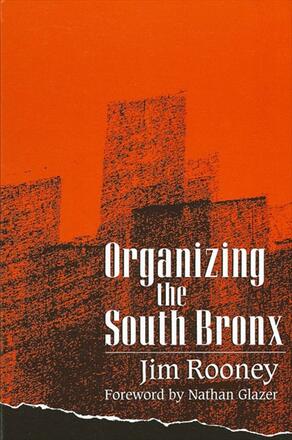
Organizing the South Bronx
Description
This is a story of heroic and articulate individuals who were able to defy overwhelming odds and build affordable housing in the South Bronx. It is about the process of teaching citizens in a low-income neighborhood how to participate in public life.
Very little is written about the catastrophic and precipitous collapse of the South Bronx, although its fate is universally cited as emblematic of urban hopelessness. This inquiry focuses on community organizers who are sifting through the wreckage and making progress in battling an inept municipal government and the centrifugal forces of decay. The locus is a coalition of forty minority congregations, who battled the city of New York for vacant land in order to build owner-occupied row houses. This is a study of how to educate adults in a democracy to find their voice and wield the power that is inherent in large numbers of organized citizens.
Reviews
"This book tells a fascinating story about the relationships between a viable network of organizations and the political leadership of New York City. It provides a real feel for the people, interests, and issues that were part of these debates. " — Joe R. Feagin, University of Florida
"This is an outstanding book—well-written, clearly organized, engaging, interesting, important. " — Bill Ayers, University of Chicago